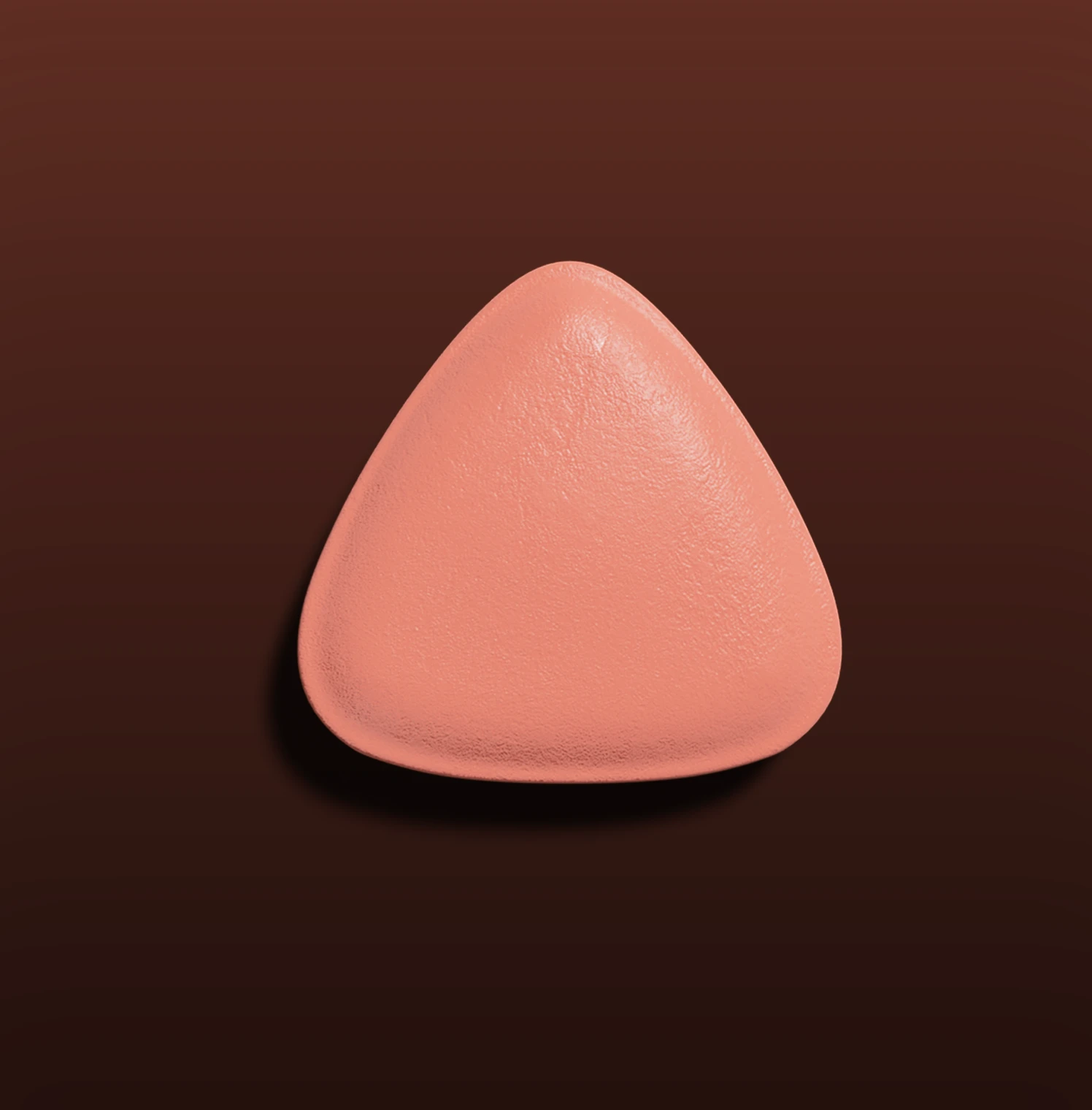Contents
Losing your hair can be difficult to manage. Whether you’re first beginning to notice early signs of balding, or you’ve been battling thinning hair for years, hair loss can hit hard. But do you know what’s really behind the problem, and what can be done to help? Let’s take a look at the most common causes of hair loss and treatment options.
Signs, Symptoms, and Types of Hair Loss
Hair loss can manifest in many different ways, including receding hairlines, thinning hair, and loss of small patches on the scalp and body. For some people, hair loss happens suddenly, while others may notice the effects gradually over a few months or years. Hair loss may impact the scalp alone or the full body.
Common symptoms of hair loss include:
Gradual thinning: One of the most common types of hair loss is gradual thinning. This may result in a receding hairline or a broadening part in the hair.
Circular or patchy bald spots
Sudden loosening of hair
Full-body hair loss
The Root of the Problem
Hair loss is a common condition for both men and women, and can stem from a range of lifestyle factors, health conditions, medications and more. It’s important to always consult a healthcare provider about any new or worsening symptoms to rule out more serious underlying conditions.
Here are the most common causes: (Male Pattern Baldness, 2022)(Hair Loss, 2024)(Hair Loss, 2021):
Heredity: Family history is the most common cause of male hair loss.
Hormonal changes: Hormonal changes due to pregnancy, breastfeeding, aging, and underlying conditions can all lead to hair loss. In men, elevated levels of dihydrotestosterone (DHT), a testosterone-derived hormone, is thought to shrink hair follicles over time.
Medical conditions: Including thyroid disorders, autoimmune diseases, or even infections.
Medications: Including chemotherapy and some prescription medications used for high blood pressure, depression, or cancer.
Stress and lifestyle factors: Intense physical or emotional stress, poor diet, and lack of sleep can all trigger hair loss.
Aging: Androgenetic alopecia, also known as male pattern baldness, tends to develop gradually with age, affecting up to 50% of men by their 50s. (Asfour, 2023)
How Can You Tell What’s Causing Your Hair Loss?
The most efficient way to get to the bottom of your hair loss is to speak with a medical provider. They will ask you about your family history, medical history, symptoms, and can even walk you through the process of getting certain tests done.
Some ways to get better insight into your health and hair loss include (Hair Loss, 2024):
Testing your blood and hormone levels. Imbalances in certain vitamins, testosterone, thyroid hormones, or DHT could all point to the cause of your hair loss.
Identifying medical conditions. Conditions like alopecia areata, scalp infections, or chronic illnesses can cause hair to thin or fall out in distinct patterns. A provider may be able to help rule out or diagnose conditions.
Look at your medications. Some prescriptions may list hair loss or thinning as an adverse effect.
Pull test. Your provider will gently pull on several dozen hairs to determine the stage of the shedding process.
Biopsy. Your provider will sample your skin or hair to examine your scalp and hair follicles. This may identify a potential infection or underlying cause.
Microscopy. A special instrument may be used to examine your hair and uncover any possible disorders or conditions.
Understanding the why behind your hair loss makes it easier to find the right treatment. Speak with a provider today to learn about what tests may be right for you.
What Are Your Treatment Options?
The good news? There are a range of options that may help slow hair loss or encourage new growth. Here’s a look at today’s most effective treatments:
1. Medications
There are many different medication options that can be found over the counter or prescribed by a medical provider. Medications come in a few different forms, including creams, lotions, shampoos, and oral medications.
Minoxidil: Increases blood flow to hair follicles to stimulate growth. Topical versions are FDA-approved for hair loss, while oral versions are commonly prescribed off-label at low doses. Research shows that minoxidil can be very effective and is well tolerated in patients. (Randolph, 2020)
Finasteride: Another FDA-approved prescription medication that is approved for treating male-pattern baldness. Finasteride works by blocking the conversion of testosterone to DHT, which helps to significantly slow hair loss. (Zito, 2024)
Corticosteroids: Prescription medications that can treat sudden and extensive alopecia by slowing hair loss and aiding in regrowth. (Hair Loss Treatment, 2024)
Rugiet is excited to introduce an upcoming 2-in-1 treatment that targets erectile dysfunction and hair loss. Through a combination of minoxidil, biotin, and tadalafil, a PDE5 inhibitor, men will have access to one pill for better sex and healthier hair. Learn more about Rugiet Grower.
2. Surgeries and Procedures
For those who aren’t having luck with medications or are looking for a more permanent treatment option, hair regrowth procedures may be a good option. Some examples include (Hair Loss Treatment, 2024) :
Grafting: A hair regrowth procedure that involves removing hair from one part of the body and transplanting it to the scalp.
Scalp reduction: This procedure is helpful for covering bald areas on the top or back of the head, and involves removing non-hair-bearing skin from the scalp so that hair-bearing skin can be stretched to fill in the bald areas.
Laser or light therapy: The use of medical-grade lights to stimulate hair follicles and encourage hair regrowth. Multiple sessions are usually required before seeing results.
PRP therapy: Platelet-rich plasma therapy involves drawing blood from a vein in the arm, separating platelets from the blood, and injecting the plasma back into the body. This process is often used to help heal after an injury, but has also been used for hair regrowth.
3. Lifestyle Changes
In addition to medications and procedures, some home remedies, lifestyle changes, and over-the-counter supplements may be useful for treating hair loss.
Nutrition: Vitamins and minerals such as vitamin D3, iron, zinc, copper, and biotin have all been shown to support hair growth. (Rajput, 2022) Ensure you are eating a balanced diet and if approved by your provider, taking a multivitamin.
Stress management: Chronic stress can lead to shedding, so stress management techniques like meditation, exercise, and better sleep may all make a difference.
Hair care habits: Avoiding harsh hair treatments, tight hairstyles, and excessive heat can help prevent hair breakage and hair loss.
While there is less data on the efficacy of these methods, some people find success with supplements or OTC products such as rosemary oil, scalp massages, zinc, azelaic acid, tea tree oil, and others.
Not everyone who is experiencing hair loss will require treatment. Some people prefer not to treat or cover up their hair loss, and in some cases, hair loss may slow or reverse on its own, depending on the cause.
A Combination Pill for Men Experiencing ED and Hair Loss
Rugiet Grower is a dual-action, daily medication designed to tackle both erectile dysfunction and hair loss in one smart dose.
Grower combines:
Tadalafil – The active ingredient found in Cialis, tadalafil is a PDE5 inhibitor that improves blood flow to support blood flow and enhance erections.
Oral Minoxidil – A vasodilator that increases blood flow and nutrient delivery to hair follicles, helping promote regrowth.
Biotin – A vital nutrient that supports hair health.
Speak with a Rugiet provider about Grower.
The Key to Looking and Feeling Your Best
We all want to feel confident in our own skin. At Rugiet, we are finding innovative ways to support men’s health by improving access to treatments and medications that help you feel and perform at your best.
If you’re noticing the signs of hair loss or are looking for a better treatment option, consider Rugiet. Grower is designed for men like you: smart, proactive, and ready to reclaim what’s theirs.
Citations
Male Pattern Baldness (Androgenic Alopecia). December 09 2022. Cleveland Clinic. https://my.clevelandclinic.org/health/diseases/24515-male-pattern-baldness-androgenic-alopecia
Hair loss. Jan. 19, 2024 Mayo Clinic. https://www.mayoclinic.org/diseases-conditions/hair-loss/symptoms-causes/syc-20372926
Hair Loss. August 26 2021. Cleveland Clinic. https://my.clevelandclinic.org/health/diseases/21753-hair-loss
Asfour L, Cranwell W, Sinclair R. Male Androgenetic Alopecia. [Updated 2023 Jan 25]. In: Feingold KR, Ahmed SF, Anawalt B, et al., editors. Endotext [Internet]. South Dartmouth (MA): MDText.com, Inc.; 2000-. Available from: https://www.ncbi.nlm.nih.gov/books/NBK278957/
Randolph, M., & Tosti, A. (2021). Oral minoxidil treatment for hair loss: A review of efficacy and safety. Journal of the American Academy of Dermatology, 84(3), 737–746. https://doi.org/10.1016/j.jaad.2020.06.1009
Zito PM, Bistas KG, Patel P, et al. Finasteride. [Updated 2024 Feb 28]. In: StatPearls [Internet]. Treasure Island (FL): StatPearls Publishing; 2025 Jan-. Available from: https://www.ncbi.nlm.nih.gov/books/NBK513329/
Hair Loss Treatments. February 09 2024. Cleveland Clinic. https://my.clevelandclinic.org/health/treatments/8307-hair-loss-treatments
Rajput R. J. (2022). Influence of Nutrition, Food Supplements and Lifestyle in Hair Disorders. Indian dermatology online journal, 13(6), 721–724. https://doi.org/10.4103/idoj.idoj_175_22


